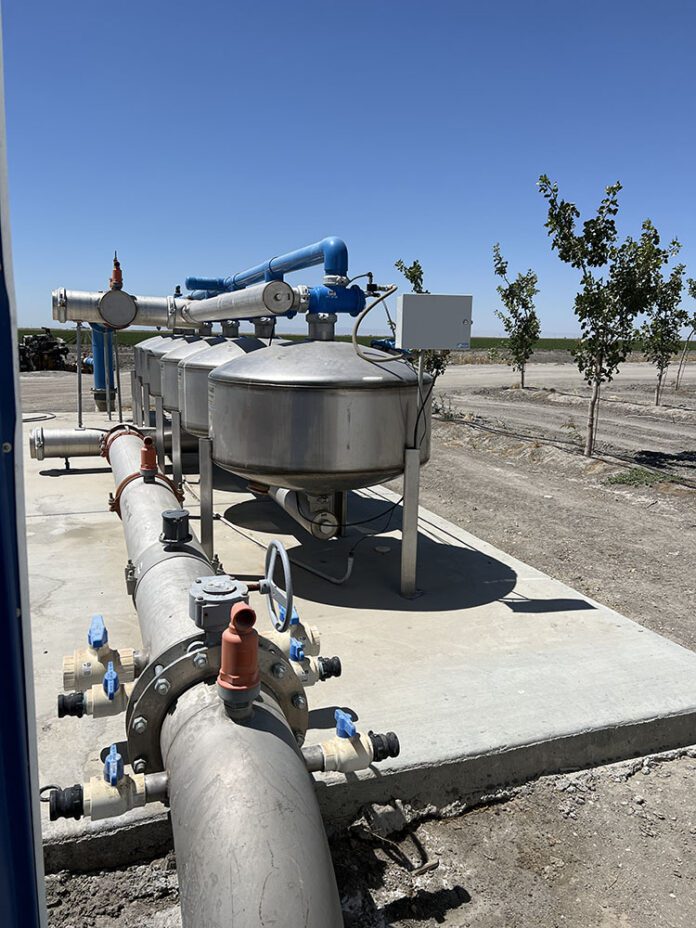
Listen to the audio version of this article. (Generated by A.I.)
Congratulations on another good harvest! Growers are the backbone of our existence and the reason the United States, and more importantly the Southwest, produces so many tree nuts. They are not only delicious but also some of the most nutrient-dense food sources on the planet. Pound for pound, tree nuts deliver on so many fronts in the human game of nutrition. Which brings me to the meat and potatoes of this article: The nutrition we feed the trees is becoming increasingly important in keeping our yields up and our bodies well-fed.
Rethinking Traditional Nutrient Inputs
We must be cognizant of the derivatives our plant nutrition is made of. When we think of the inputs we have used for decades, we tend to fall back on a few tried-and-true options that have allowed us to make agriculture so productive. Nitrogen used to be mostly ammoniacal, starting with flooded water runs and dry mixes we broadcast on our fields as ammonium nitrate. Nitrate became an issue in our water tables, and flood irrigation became almost impossible with our water policy jurisdictions. Dry mixes of soil amendments were mostly calcium sulfate (gypsum) and potassium sulfate (SOP). We zinced leaves off with zinc sulfate and supplemented iron with sulfate salts. Rising pHs of our water dictated the use of sulfuric acid to be cost-effective at making our water more acidic. We can use cheaper dry broadcasts of sulfur blends and mix them with compost to acidify our soils. However, excess sulfur in most of these chemistries ends up as sulfate. Sulfate loves to combine back with Ca, K, Mg, Zn, etc., to form the salts we mined in the first place to amend our soils. Soluble nutrients feed our crops.
Think about cations as the positive charge on a magnet. Anions are the negative charge. They stick together. Organic matter (carbon) in our soils is an element with four negative charges (electrons) hanging off its outer ring that can grab positive charges and complex them with light ionic bonds. Ca and Mg have to be in elemental form to “stick” to C. They are double-charged and grab two of those charges. K has one charge, as does sodium, the main salt we are trying to reduce in our soil. If a Ca element sticks to C, it kicks off two Na elements that are now free to be carried down through the soil with water. This does not happen if Ca is still stuck to sulfate as gypsum and is just a wedge in the soil to allow water to move. Derivatives matter.
‘Soluble nutrients feed our crops.’
Look at your soil tests and the sulfate level you have in your soil, then compare that to the recommendation of what an ideal soil should be. My guess is, for most soils, this level is high. That excess sulfate is looking to grab any soluble Ca, K and Mg and reconstitute as the salt it has loved to be for millions of years. When this is the case, use different derivatives or alternatives to acidify your soil. Calcium nitrate, potassium acetate, potassium formate, potassium nitrate, potassium hydroxide and even potassium chloride can be used to “feed” your crops and soils more efficiently. If your soils aren’t high in chlorides or your tissues aren’t pulling it up, that can still be a viable option. Even soil amending in the winter, if you have water, can be achieved with “soluble” Ca and K to kick Na off the C and rinse through the root zone.
For too long, the traditional applications have just been continued because that’s what we have always done. It may not be your best option. Talk to your crop advisor and make a plan. Think about the savings that could be made by injecting a few precise shots of soluble cations through the water right before a rain that could feed the roots and flush Na out of your root zone. We have to be more precise to keep yields up. The world is counting on us.















